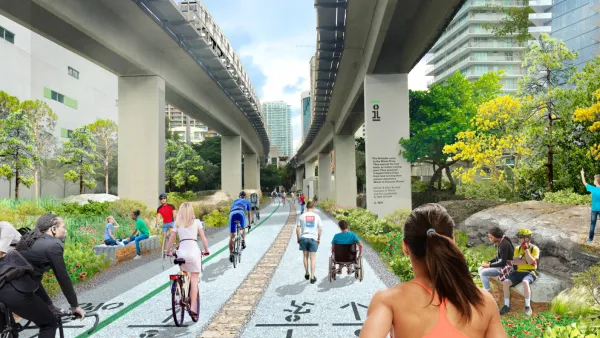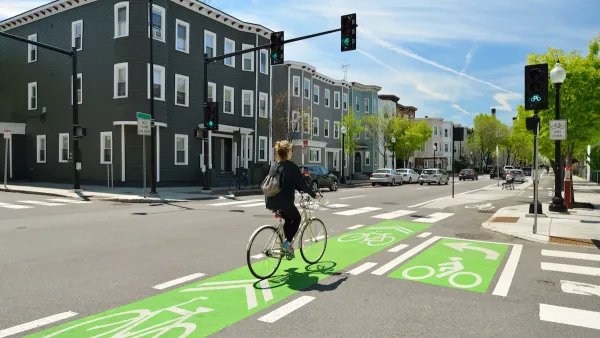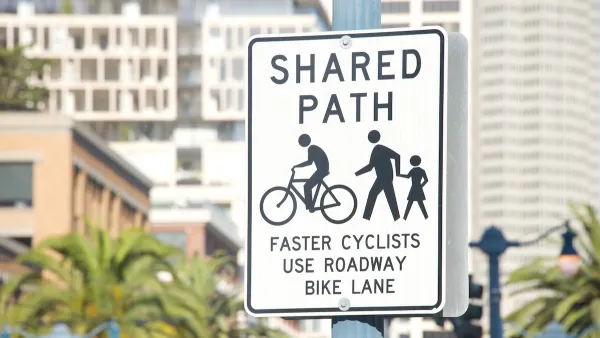The ever-evolving greenway connects biking and walking trails from Maine to Florida.

A 3,000-mile network of biking and walking trails is being created on the East Coast, with already noticeable benefits for the communities it passes through. Writing in Reasons to be Cheerful, Ashira Morris describes the East Coast Greenway, which has been in development since 1991 and aims to connect existing and new trails to create a seamless coastal trail.
As Morris explains, “Greenways can be a simple low-tech solution to complex, intersecting issues” by improving safety for cyclists and pedestrians, reducing greenhouse gas emissions, and providing public health ad economic benefits. “The paths that have been built along the East Coast Greenway have already transformed many former industrial areas and abandoned railway tracks into community hubs.”
The East Coast Greenway Alliance, the nonprofit spearheading the effort, is working to help communities along the Greenway’s path secure funding from the Bipartisan Infrastructure Law and other sources to fund land acquisition and trail construction.
To address concerns about gentrification and displacement, “An inclusionary trail planning toolkit by the Alliance team and the Pennsylvania Environmental Council outlines best practices for centering community needs, including maintaining affordable housing along trails.”
FULL STORY: This Evolving 3,000-Mile-Long Park Is Already Improving Cities Along Its Path

National Parks Layoffs Will Cause Communities to Lose Billions
Thousands of essential park workers were laid off this week, just before the busy spring break season.

Retro-silient?: America’s First “Eco-burb,” The Woodlands Turns 50
A master-planned community north of Houston offers lessons on green infrastructure and resilient design, but falls short of its founder’s lofty affordability and walkability goals.

Delivering for America Plan Will Downgrade Mail Service in at Least 49.5 Percent of Zip Codes
Republican and Democrat lawmakers criticize the plan for its disproportionate negative impact on rural communities.

Test News Post 1
This is a summary

Test News Headline 46
Test for the image on the front page.

Balancing Bombs and Butterflies: How the National Guard Protects a Rare Species
The National Guard at Fort Indiantown Gap uses GIS technology and land management strategies to balance military training with conservation efforts, ensuring the survival of the rare eastern regal fritillary butterfly.
Urban Design for Planners 1: Software Tools
This six-course series explores essential urban design concepts using open source software and equips planners with the tools they need to participate fully in the urban design process.
Planning for Universal Design
Learn the tools for implementing Universal Design in planning regulations.
EMC Planning Group, Inc.
Planetizen
Planetizen
Mpact (formerly Rail~Volution)
Great Falls Development Authority, Inc.
HUDs Office of Policy Development and Research
NYU Wagner Graduate School of Public Service





























